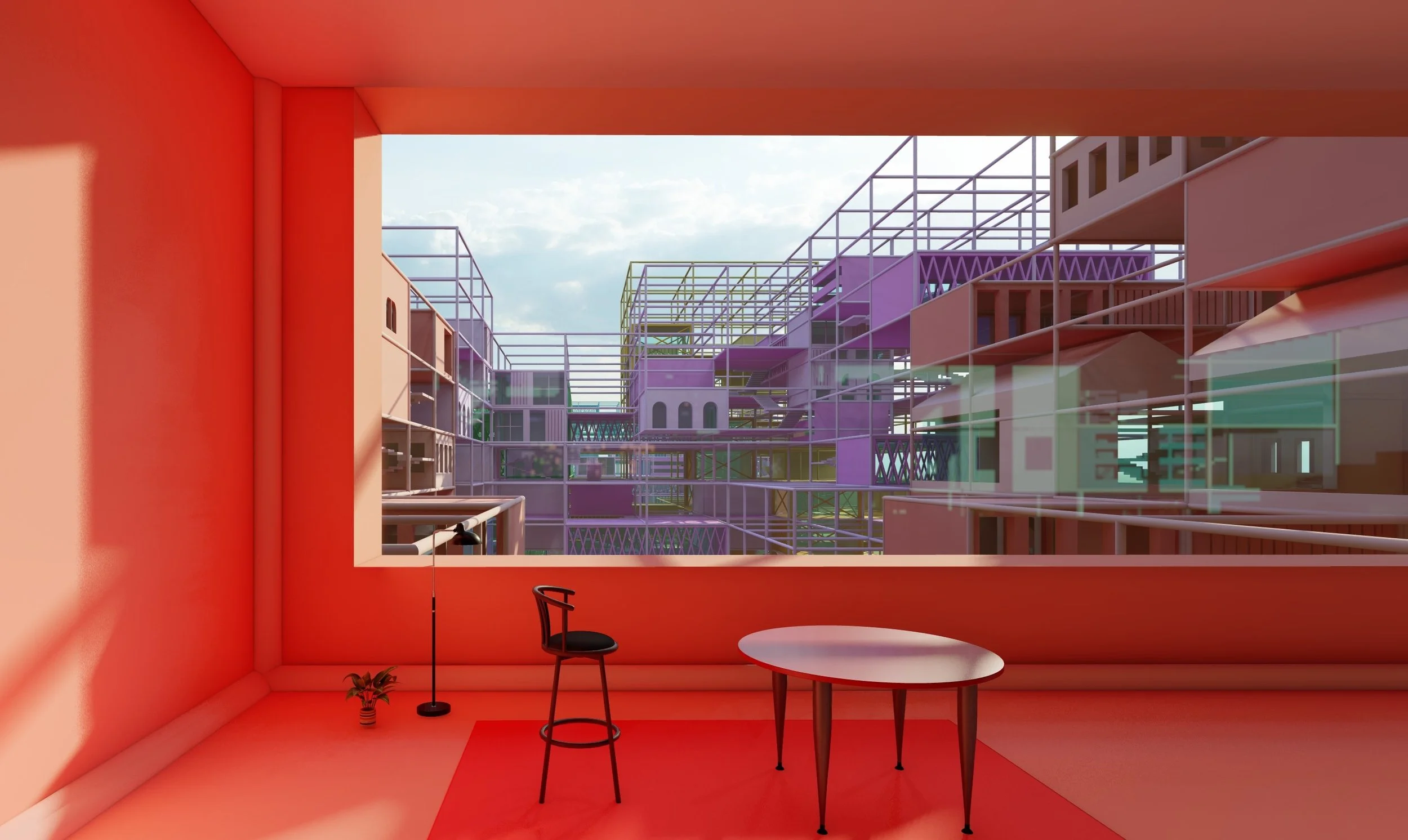
The resilient city.
The city is a combination of different layers of programs, architecture, people, and relationship between them.
Most of our walking is purposeful, our daily commute begins with the journey to work, school, etc. Rarely we walk to observe or experience any space in our path.
The buildings we occupy are rigid, but what we lose in the process is flexibility and adaptability. The agenda is to explore on the idea of how physical spaces could morph based on environmental inputs and one can experience city in different light.
The system creates variables between two programs, it forms and deforms those spaces in itself, creates shared spaces as well as has an ability to go back to its normal state. The density is distributed within itself and is able to sustain different programs at different times.
The city will no longer have static nature but evolve highly based on the environmental input data, where she responds to the programmatic needs and create spaces that allow free movement. With this new system, we can observe our city in a different light even while we travel regularly as before. Experiencing the transition and temporality of spaces throughout 24 hours. The city will become more resilient and an ongoing monotonous system will cease to exist.

